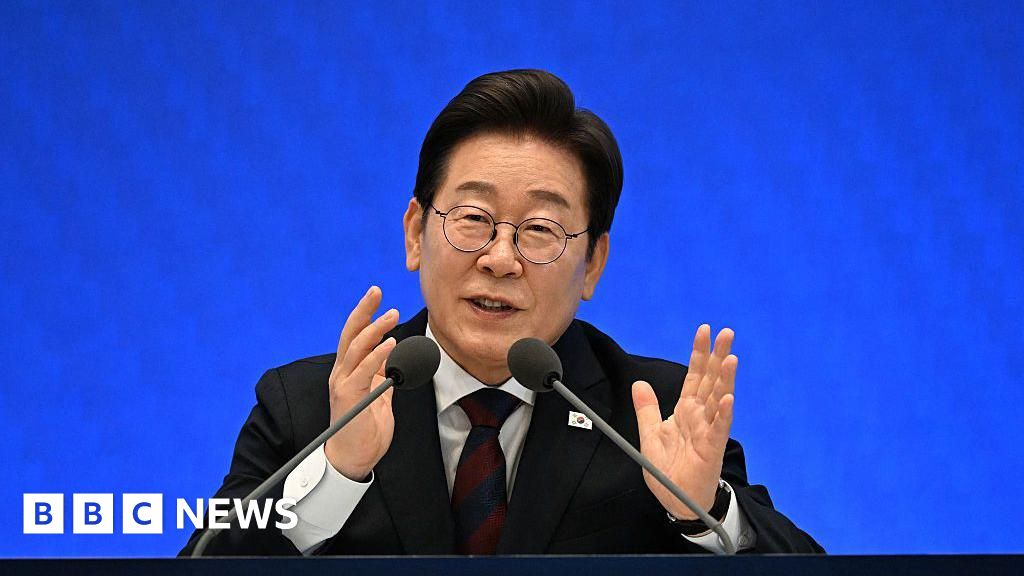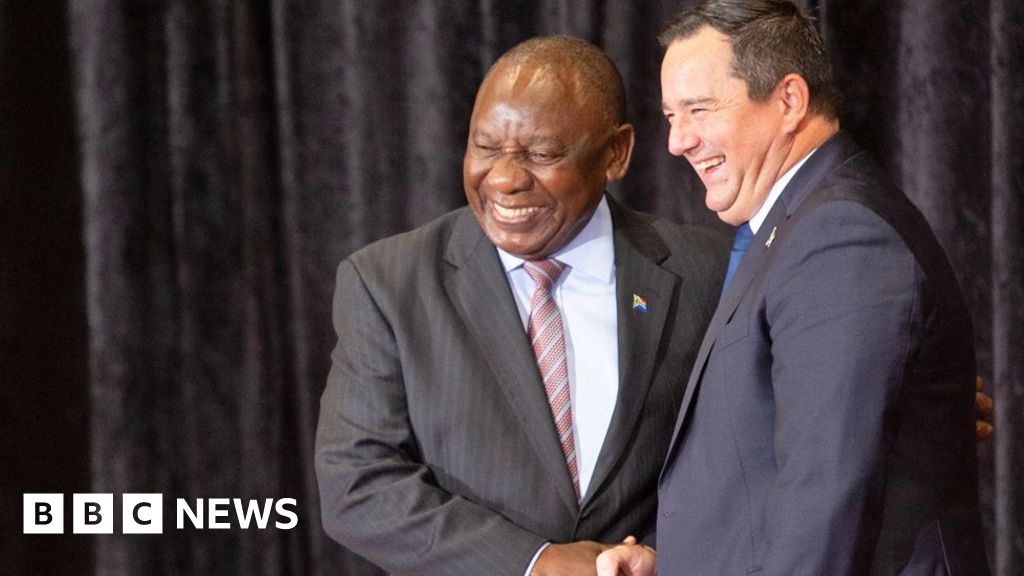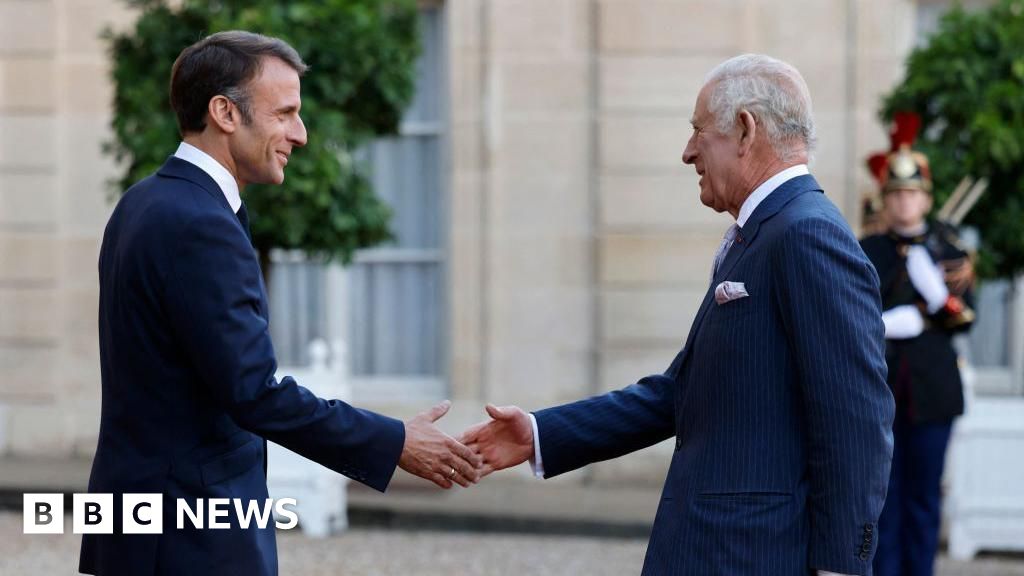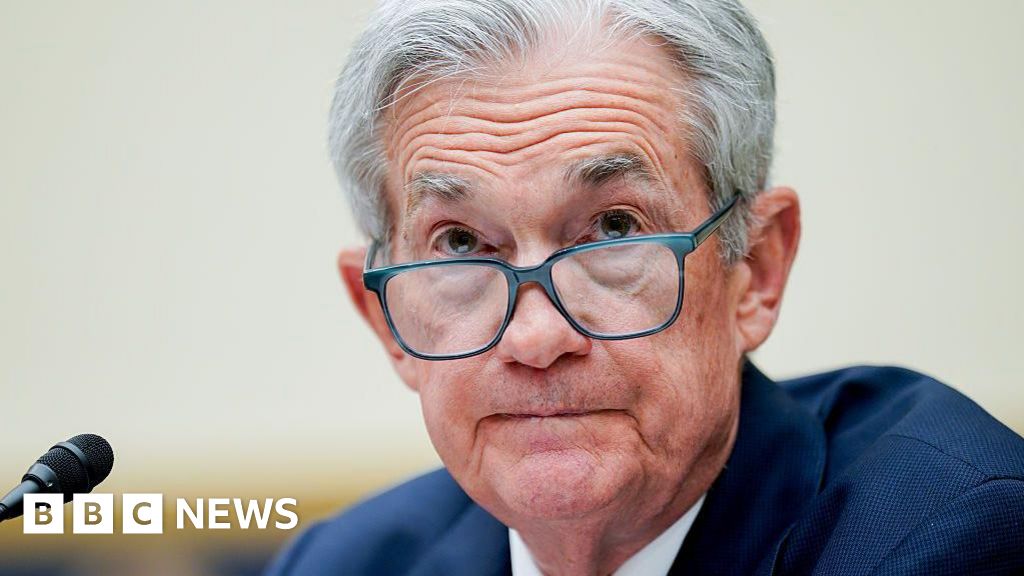There was an expectation at Ferrari that its Formula 1 fortunes in 2025 should pick up from where it had left off last year, where victories and regular podiums had put the team in the hunt for a first constructors’ championship since 2008.
This has not materialised. There’s a sense that McLaren has been able to move the game on and pull ahead, and also the sense that Ferrari’s decision to pursue a different approach to last year’s car has resulted in an overall step back.
Both cases are understandable, and it’s important to note that a team can’t necessarily jump from tree to tree and expect to start in the same place with its development. New concepts will leave gaps in knowledge which only become apparent with on-track experience.
Ferrari believes, however, that the floor update that it introduced in Austria has offered it a sensible step forward. The brace of SF-25s still fell some way short of the two rampaging McLarens, which bolted clear of the pack as Lando Norris and Oscar Piastri duelled over the lead, but the 3-4 consolation prize remained tightly contained within Ferrari’s grip.
The updates, which included detail changes to all four facets of the floor (fences, edges, central body, and diffuser) aimed to provide a more consistent level of downforce across the various stages of cornering and traction that an F1 car experiences; it’s no good having peak downforce if you never attain it.
“I think we’ve moved forwards,” Lewis Hamilton offered after finishing fourth. “The upgrade was quite small, so we didn’t really know [how it would work] – they didn’t even mention any time because it was that small.
Lewis Hamilton, Ferrari
Photo by: Steven Tee / LAT Images via Getty Images
“But I think perhaps it was a bigger result from putting the floor on. That’s a real positive. It’s pretty great to see the team bringing the upgrade. We’ve moved forwards. We’ve been the second fastest this weekend. Third and fourth is a real positive.
“There’s lots of good things to take from the weekend, and there’s lots of areas to focus on. Qualifying was better. We found a problem that I had in my qualifying lap, which was near a tenth and there was some issue on the car, so that’s again a positive. But I would have gone back if I had started second. I’ve got to find race pace, that’s key.”
Charles Leclerc, who finished third, agreed that the updates were “definitely a step forward, and I think it helped us to be on the podium today.”
Leclerc revealed that there were more updates on the way, with Ferrari taking aim at bringing itself closer to McLaren – and, by association, beating the likes of Red Bull and Mercedes “in their good days”.
The lack of performance in Austria exhibited by both Red Bull and Mercedes took a little bit of the shine off. Mercedes struggled to deal with the 50C track temperatures, while Red Bull’s point man Max Verstappen was taken out by Andrea Kimi Antonelli on the first lap.
Silverstone will thus provide a little bit more of a litmus test of the new parts, especially as temperatures are expected to be lower than those seen at the Red Bull Ring; rain may even be in the offing…
But is it too late for Ferrari? When it comes to challenging for a championship, that ship has sailed – but it appears that the aim is no longer on displacing McLaren and its drivers from their perches.

Charles Leclerc, Ferrari, Oscar Piastri, McLaren
Photo by: Zak Mauger / LAT Images via Getty Images
However, the potential to retain its championship runner-up spot remains possible, and Ferrari is keen to continue pursuing the performance gains. One might surmise that now would be the time to pull the plug on 2025 and throw the lion’s share of resources at the upcoming new regulations, but Maranello’s finest feels that there’s value in maintaining its development of this year’s car.
Although developments won’t directly influence next year’s car, the understanding and the development of its factory tools will. Much of this is about keeping those simulation and development capabilities up to date, and following the curve of 2025 ensures that it can iron out any wrinkles in the processes back at base.
Exploring the capabilities of its new-for-2025 suspension package will also be of importance, as this could potentially influence what the vehicle dynamicists attempt to do with the ’26 machinery.
“In terms of future development, obviously I’m not going to unveil how we’re going to approach the next six months right here, but let’s say that obviously we’re in a phase of the season where we need to [think about resources] and actually it’s something that we’ve been thinking about since the beginning of the year,” deputy team principal Jerome d’Ambrosio explained after Austria.
“2026 is a big change, there’s ’25 also, we want to make progress, we want to continue to move forward, balancing the two and it would be something that we’re taking into consideration.
“There’s obviously a lot of things that we’re working on in the background on every aspect of the car and we want to move forward. Again it’s an important consideration between the challenge of next year and between this year’s challenge, but if we can and what we do in the factory is to try to push the boundaries and improve the car, so let’s see.”
Whether Ferrari can achieve that aim of balancing both cars will not become clear until the start of next season, but the team seems pretty happy to continue on its current path. It believes it can turn 2025 around after the second half of the year but, crucially, wants to put those plans in action rather than leaving them as purely hypothetical scenarios.
And if McLaren catastrophically drops the ball, Ferrari wants to be the main beneficiary. It wouldn’t be the first time that the Prancing Horse has capitalised on a rival’s sudden misfortune.
In this article
Jake Boxall-Legge
Formula 1
Lewis Hamilton
Charles Leclerc
Ferrari
Be the first to know and subscribe for real-time news email updates on these topics
Subscribe to news alerts
Source link
















